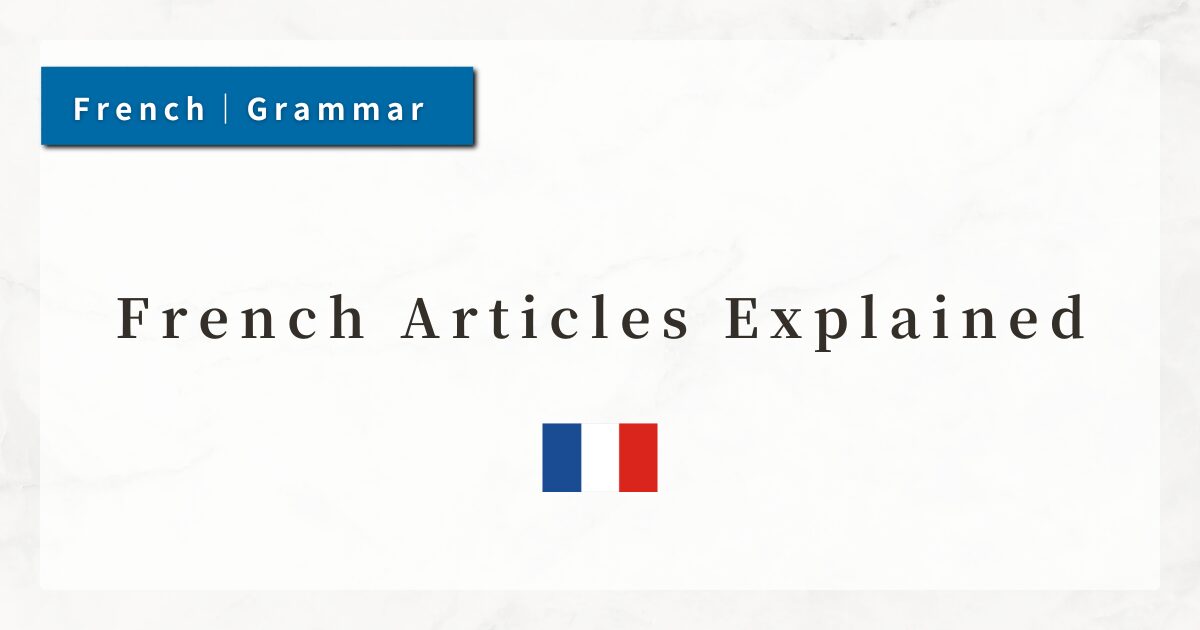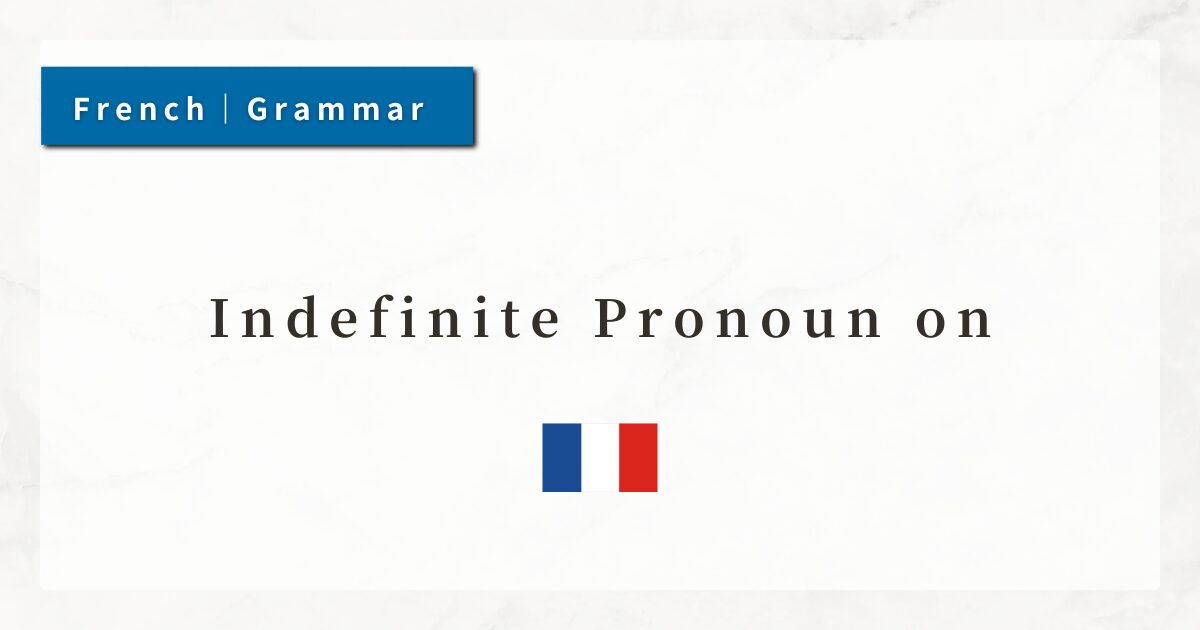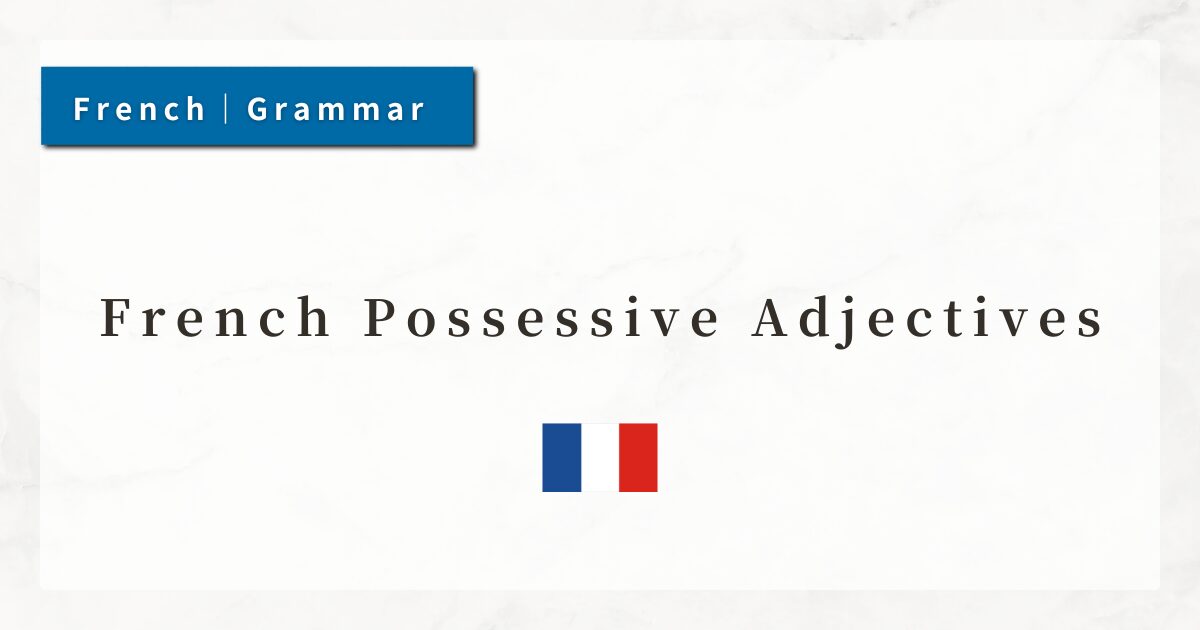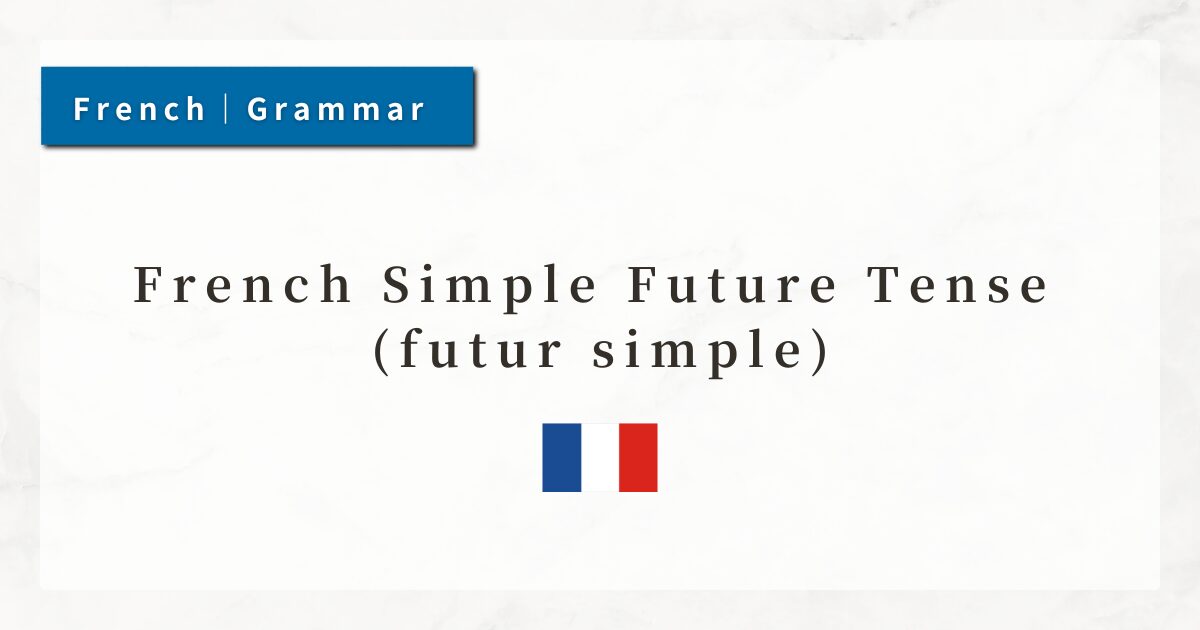#24 How to Use French Reflexive Verbs | Meaning and Conjugation Rules

In French, there are verbs that describe actions that “reflect back” on the subject itself.
These are called reflexive verbs. They are very common in daily conversation, especially with actions such as “to get up,” “to wash,” and “to introduce oneself.”
In this lesson, I will explain the structure and usage of reflexive verbs in French.
1. What Are Reflexive Verbs?
1-1. The Basics of Reflexive Verbs
A reflexive verb is one in which the subject and object are the same person. In other words, the action is directed toward oneself rather than another person. In English, this corresponds to expressions with “myself” or “yourself,” such as wash myself or introduce yourself.
- Je me lève. (I get up.)
- Tu te laves. (You wash.)
1-2. Identifying Reflexive Verbs
In the infinitive, reflexive verbs are marked by the reflexive pronoun se (or s’ before a vowel).
| Reflexive Verb | Meaning |
|---|---|
| se lever | to get up |
| se laver | to wash (oneself) |
| s’appeler | to call oneself, to be named |
| se coucher | to go to bed |
1-3. Reflexive Pronouns According to Subject
The reflexive pronoun se changes depending on the subject.
| Subject | Reflexive Pronoun | Example |
|---|---|---|
| je | me | je me lève. (I get up.) |
| tu | te | tu te couches. (you go to bed.) |
| il / elle / on | se | il se lave. (he washes himself.) |
| nous | nous | nous nous appelons. (we are called….) |
| vous | vous | vous vous habillez. (you get dressed.) |
| ils / elles | se | elles se préparent. (they get ready.) |
2. Learning Reflexive Verbs as Pairs
A key point is that reflexive verbs are always learned as pairs: reflexive pronoun + verb conjugation.
For example, with se laver:
- je me lave.
- tu te laves.
- il se lave.
- nous nous lavons.
- vous vous lavez.
- ils se lavent. — note: -ent is silent
3. Situations Where Reflexive Verbs Are Used
Reflexive verbs are frequently used for daily activities and personal routines:
- se lever (to get up)
- se laver (to wash oneself)
- s’habiller (to get dressed)
- se coucher (to go to bed)
- se réveiller (to wake up)
- se brosser les dents (to brush one’s teeth)
With these verbs, you can naturally describe morning routines and daily schedules in French.
4. An Essential Reflexive Verb for Introductions: s’appeler
The verb s’appeler (to be called, to be named) is essential for self-introductions.
The verb appeler undergoes a stem change in certain forms. The base is appel-, but in the forms for je, tu, il/elle/on, and ils/elles, the “l ” is doubled (appell-).
- Je m’appelle Sophie. (My name is Sophie.)
→ note the double l . - Nous nous appelons… (We are called…)
→ with nous and vous, the stem remains appel-.
5. Word Order in Negative Sentences
In negative sentences, the structure is: ne + reflexive pronoun + verb + pas.
Example:
- Je ne me lève pas. (I do not get up.)
→ me lève is enclosed by ne … pas.
The reflexive pronoun must remain before the verb; it cannot move after pas.
6. Word Order in Questions
6-1. Using Est-ce que
The most common and beginner-friendly way:
- Est-ce que tu te lèves tôt ? (Do you get up early?)
The word order is the same as in affirmative sentences, making it easy to use.
6-2. Inversion (Formal / Written Style)
In inversion, the reflexive pronoun remains before the verb, and the subject pronoun follows the verb:
- Te lèves-tu tôt ? (Do you get up early?)
This sounds more formal or literary. In spoken French, Est-ce que is more frequent.
7. Summary
- Reflexive verbs indicate actions where the subject acts upon itself.
- A reflexive verb is always used in the structure “reflexive pronoun + verb conjugation.”
- Common in daily routines, self-care, and introductions.
- In negative and interrogative sentences, the reflexive pronoun always stays in front of the verb.




